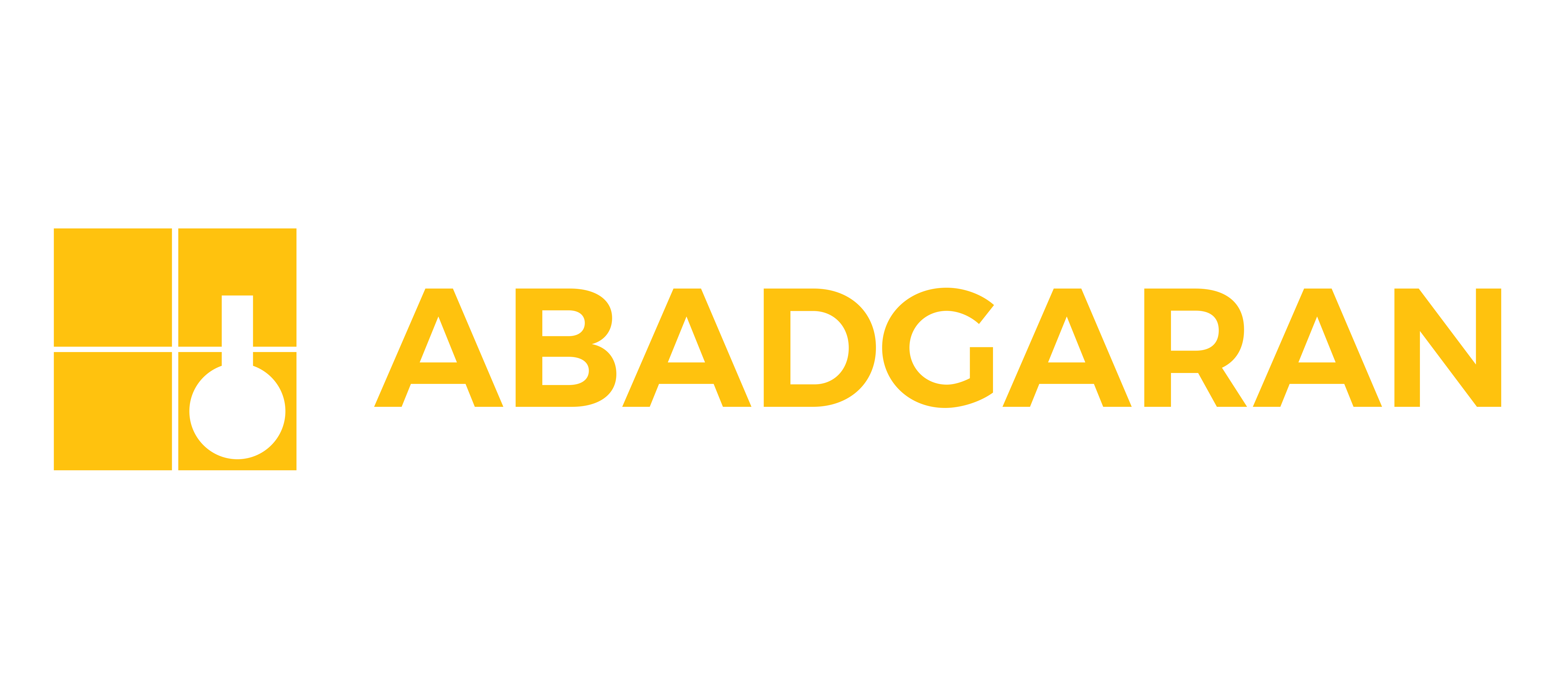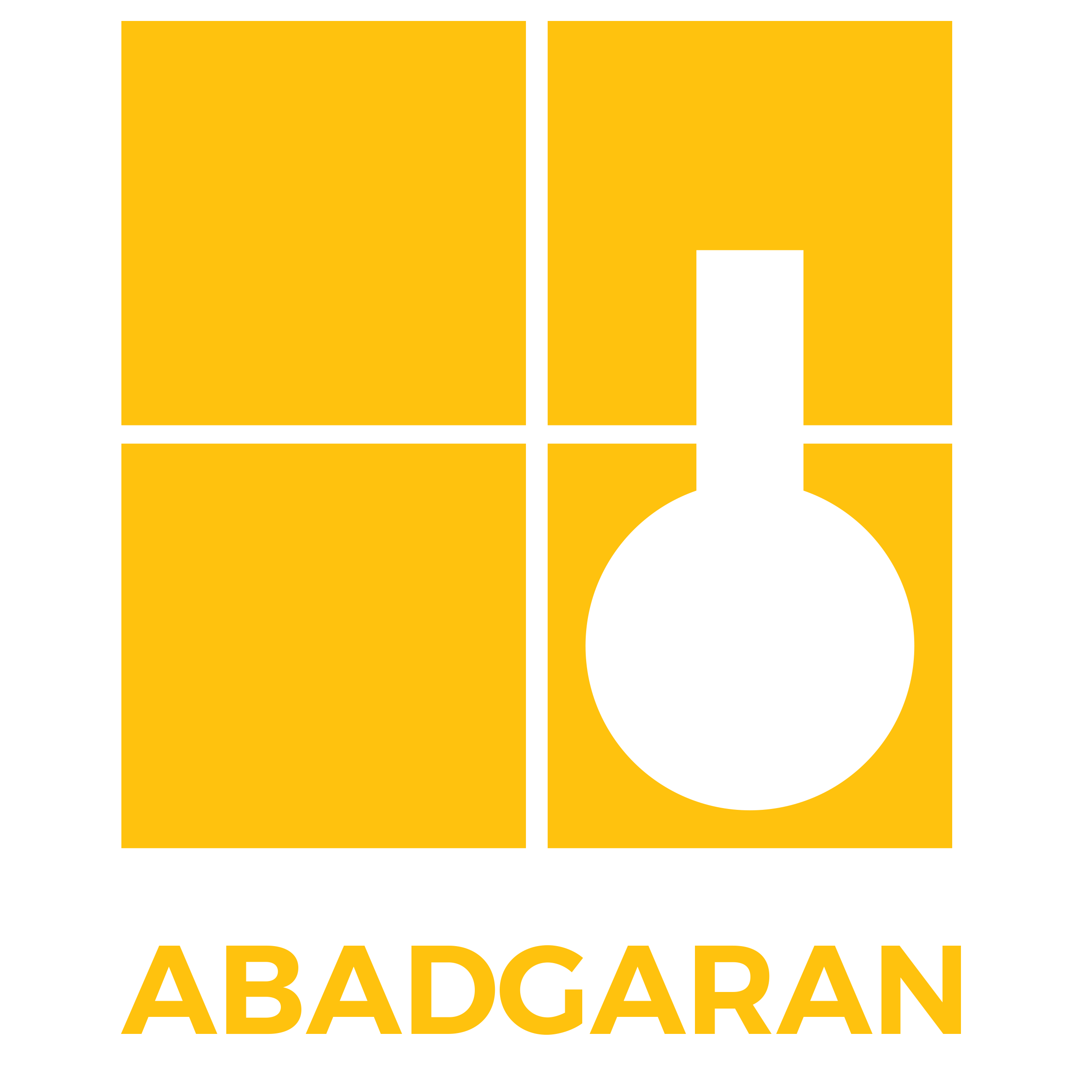Applications, Advantages, and Disadvantages of Epoxy Flooring
- 2 June 2025
-
Posted by :
Business Development Unit of Abadgaran Company
Epoxy Flooring
Epoxy flooring is widely used in various environments and industries due to its unique characteristics and high performance. These types of floor coverings, made from epoxy resin, are among the most popular options for floor coating because of their favorable physical and chemical properties such as high durability, chemical resistance, and ease of application. In this article, we introduce epoxy flooring, its applications, advantages, and disadvantages.
What is Epoxy Flooring?
Epoxy flooring is a type of resin-based floor covering formed by mixing epoxy resin and its hardener. This chemical combination creates a solid, durable, and waterproof coating on the floor surface. Epoxies are widely used in construction and industrial projects due to their high adhesion and ability to bond to various substrates like concrete, metal, and wood.

Applications of Epoxy Flooring
Due to their specific physical and chemical properties, epoxy floors are used in a variety of environments and industries, including:
- Factories and industrial workshops: Due to epoxy’s high resistance to abrasion and chemicals, it is commonly used in factories and workshops, especially where heavy equipment and various chemicals are present.
- Garages and parking lots: Epoxy floors are ideal for garages and both public and private parking areas because of their resistance to oil, fuel, and other chemicals.

- Healthcare centers and hospitals: Epoxy flooring is used in healthcare environments due to its seamless application and ease of cleaning, which helps prevent bacterial and microbial growth.

- Commercial centers and stores: The glossy appearance and color versatility of epoxy floors make them a popular choice for commercial spaces and retail stores.
- Laboratories: Due to their high chemical resistance and ability to create a seamless and crack-free surface, epoxy floors are also used in laboratories.
Advantages of Epoxy Flooring
Epoxy flooring offers many benefits that make it a popular choice for various projects:
- High durability and resistance: Epoxy flooring is highly resistant to wear, impact, and chemicals, offering long service life even in harsh industrial environments.
- Chemical resistance: Epoxies are resistant to many chemicals, making them very suitable for industrial settings with chemical exposure.
- Seamless and crack-free surface: One of epoxy flooring’s standout features is its smooth, seamless surface, which prevents the penetration of water, oil, and chemicals—thus enhancing hygiene and cleanliness.
- Easy cleaning and maintenance: With a shiny, joint-free surface, epoxy floors are easy to clean and require minimal maintenance—especially useful in hygienic and commercial settings requiring constant cleaning.
- Attractive and glossy appearance: Epoxies can be applied in glossy and transparent finishes, adding a modern, clean look to the environment. They also allow for custom colors and patterns, aiding in interior design.
- Ease of repair: If surface damage or abrasion occurs, epoxy floors can be easily repaired.
Disadvantages of Epoxy Flooring
Although epoxy flooring has many advantages, it also has some drawbacks to consider:
- Long curing time: Epoxy application can take several days to fully cure, which may delay use of the area.
- Sensitivity to weather conditions: Installing epoxy flooring requires specific temperature and humidity levels. In extreme conditions, improper curing can lead to issues like cracking, bubbling, or substrate detachment.
- Slippery surface: Especially when wet or oily, epoxy floors can be slippery, increasing the risk of accidents. However, anti-slip additives like silica sand can be applied to reduce slipperiness.
- UV sensitivity: Epoxies are generally sensitive to UV light and may yellow or discolor over time, particularly in outdoor or sun-exposed areas. This is typically addressed by applying a polyurethane topcoat over the epoxy layer.
- Strong odor during installation: Epoxy application and curing may release strong odors that can be unpleasant and potentially harmful, requiring proper ventilation.
- Surface preparation requirements: Before application, the substrate must be thoroughly prepared, including cleaning, crack repair, and sometimes primer layers. This can add time and cost to the project.

Types of Epoxy Flooring
Epoxy flooring comes in different types, each with its own features and applications:
- Self-Leveling Epoxy Floor: Designed for uneven or damaged surfaces, this type creates a smooth, polished finish that reflects light beautifully.
- Orange Peel Texture Epoxy Floor: Named for its textured “orange peel” appearance, this type improves slip resistance due to its rough surface.

- Anti-Static Epoxy Floor: Designed for environments where static electricity must be controlled, like server rooms and data centers. Also known as Conductive Epoxy Flooring, it dissipates static via embedded copper tapes connected to the building's grounding system.

- Decorative Epoxy Floor: Allows for vibrant designs and patterns using various pigments and additives—commonly used in commercial and residential settings.

- Chemical-Resistant Epoxy Floor: Suited for environments exposed to harsh chemicals, such as labs or chemical manufacturing facilities, provided the resistance level matches the chemical exposure.
- Antibacterial Epoxy Floor: Designed with antimicrobial agents to inhibit microbial growth, making them ideal for sensitive environments like hospitals, clean rooms, clinics, and food processing plants.

Conclusion
Epoxy floors, with their versatile features and strong performance, are a popular choice for surface coating in various settings. However, selecting the right type of epoxy flooring should be based on the specific needs and environmental conditions of each project. Considering both the advantages and disadvantages can help in making an informed decision about their use.



![]()








